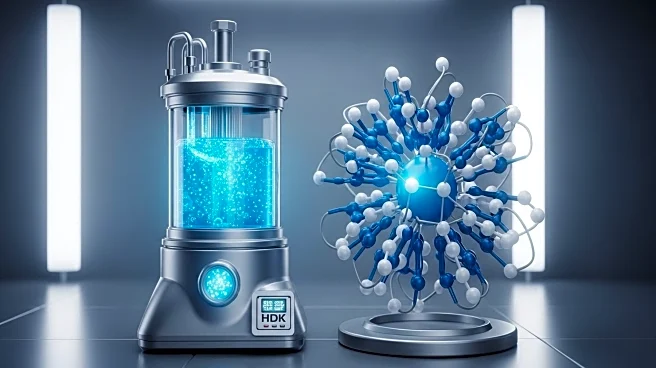What's Happening?
An international team of researchers has discovered a mechanism by which the breast cancer drug tamoxifen may increase the risk of secondary tumors in the uterus. The study, involving experts from the Berlin Institute of Health and other institutions, found that tamoxifen activates the PI3K cellular signaling pathway, a key driver in the formation of uterine cancers. This discovery challenges previous models of therapy-related cancer development, which did not account for drug-induced activation of cancer pathways. Tamoxifen has been a cornerstone in treating estrogen receptor-positive breast cancer since the 1970s, significantly improving patient survival rates. However, it has also been linked to a higher incidence of uterine cancer, a connection that this study helps to clarify.
Why It's Important?
The findings are significant as they provide a molecular explanation for the paradoxical effect of tamoxifen, a life-saving drug, potentially promoting cancer in another tissue. This insight could lead to improved safety measures in cancer treatment, allowing for more personalized prevention strategies. Understanding the drug's mechanism may also pave the way for similar investigations into other medications with unexpected side effects. The research underscores the importance of balancing the benefits of cancer therapies with their potential risks, particularly in long-term treatment plans.
What's Next?
Future research will likely focus on exploring whether similar mechanisms are at play in other drugs and their side effects. This could lead to the development of new guidelines for the use of tamoxifen and potentially other cancer treatments, aiming to mitigate risks while maintaining therapeutic benefits. The study opens avenues for further investigation into drug-induced cancer pathways, which could revolutionize how secondary cancer risks are managed in clinical settings.











